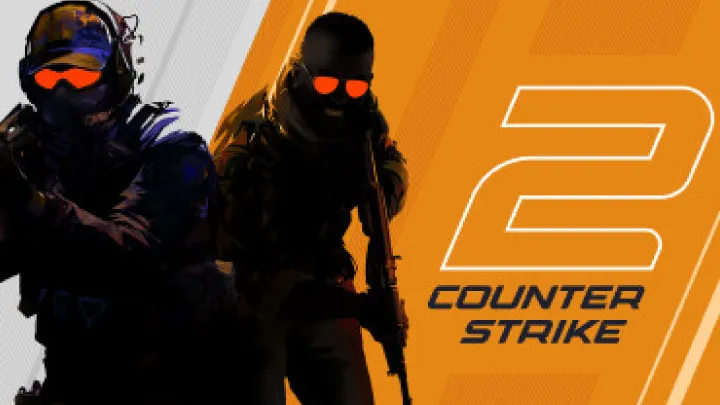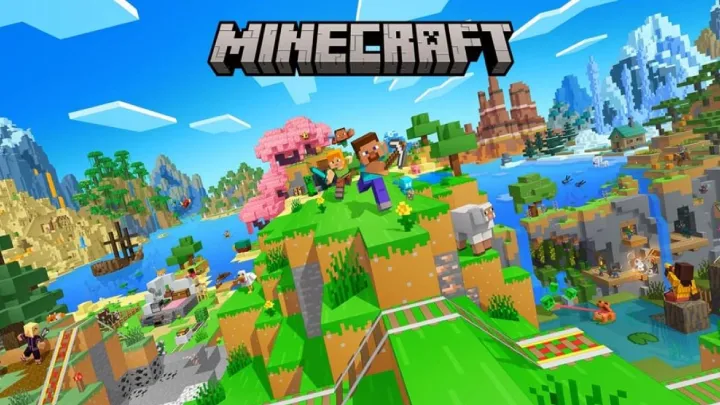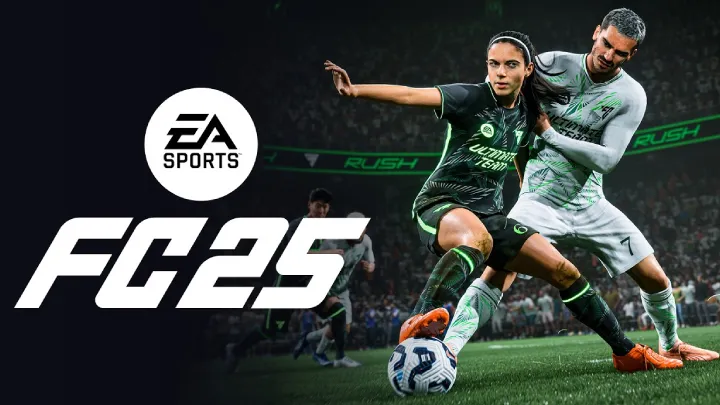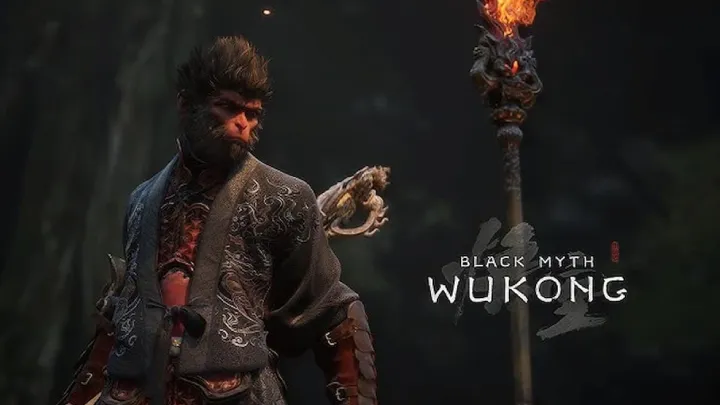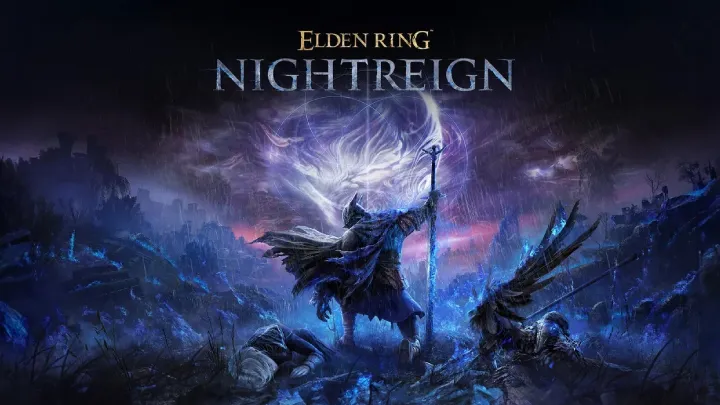League of Legends is one of the most popular multiplayer online battle arena games in the world. It combines strategy, skill, teamwork, and fast-paced action. Players select champions with unique abilities and compete in teams to destroy the enemy Nexus while defending their own. Mastering League of Legends requires understanding champion mechanics, map awareness, team coordination, objectives, itemization, and advanced strategies.
This guide provides a complete step-by-step approach to mastering League of Legends. It covers champion selection, lane strategies, farming, combat mechanics, vision control, map rotations, team fights, objective control, ranked play, and continuous improvement. Following this guide will help players perform consistently, win more games, and enjoy the depth of League of Legends gameplay.
Champion Selection and Understanding Roles
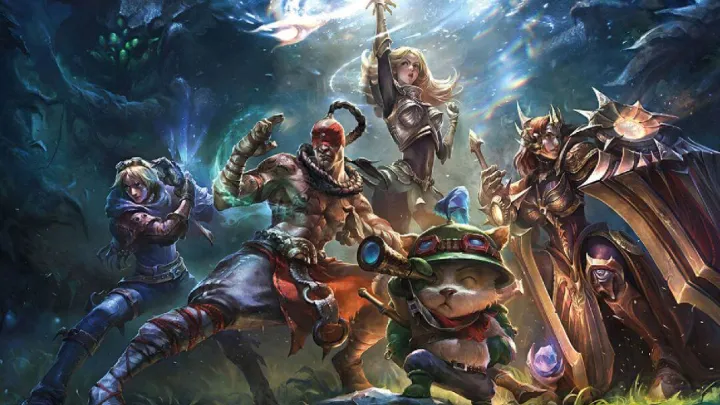
Choosing the right champion and understanding your role is essential. Champions are divided into roles such as top lane, mid lane, ADC, support, and jungle. Each role has unique responsibilities that affect team strategy.
Consider your playstyle when picking a champion. Aggressive players may prefer assassins or fighters, while strategic players may excel with mages, tanks, or support champions. Learn champion abilities and combos to maximize effectiveness in fights.
Synergy with your team also matters. Pick champions that complement allies and counter opponents. Understanding strengths and weaknesses improves early-game performance and team coordination throughout the match.
Early Game Laning and Farming
The laning phase sets the foundation for the match. Focus on farming minions to gain gold and experience, which are essential for building items and leveling up.
Last-hitting minions requires timing and precision. Avoid overextending and leaving yourself vulnerable to ganks from the enemy jungler. Use your abilities strategically to secure kills without sacrificing farm.
Map awareness is crucial. Keep an eye on enemy movements and communicate with your team. Properly controlling your lane ensures a strong start and provides advantages for mid and late-game stages.
Jungle Control and Objectives
The jungle plays a pivotal role in controlling objectives and supporting lanes. Junglers farm monsters, secure buffs, and assist teammates through ganks.
Timing and pathing are key for jungle efficiency. Prioritize buffs, neutral objectives like the Rift Herald and Dragon, and map control. Coordinating with your team maximizes the impact of jungle pressure.
Vision control in the jungle prevents ambushes and secures safe access to objectives. Use wards and sweepers to maintain map awareness, reducing the risk of surprise attacks and improving team decision-making.
Mid-Game Rotations and Map Awareness
The mid-game involves rotations, objective control, and team coordination. Move strategically to support lanes, contest objectives, and apply pressure on the enemy team.
Vision control remains crucial. Place wards in high-traffic areas, around objectives, and enemy jungle entrances. Denying vision prevents ambushes and allows your team to execute plays safely.
Map awareness includes monitoring enemy locations, predicting movements, and making informed decisions. Rotations to secure towers, dragons, or Rift Heralds provide long-term advantages and prepare for the late game.
Combat Mechanics and Team Fights
Team fights are decisive moments in League of Legends. Understanding positioning, target priority, and ability usage improves your chances of winning engagements.
Coordinate with teammates to chain crowd control, focus high-value targets, and protect your carries. Avoid overextending or engaging without vision and backup.
Ability combos and summoner spells like Flash and Ignite can turn the tide of battles. Mastering your champion’s kit and understanding enemy abilities ensures optimal performance during critical fights.
Itemization and Build Strategies
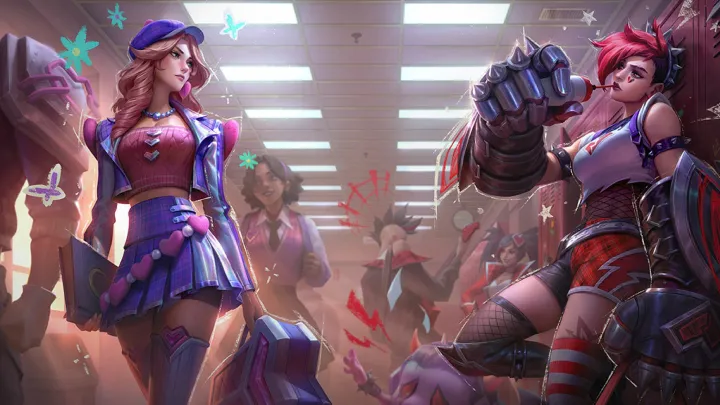
Itemization affects champion effectiveness. Choosing the right items enhances damage, survivability, and utility based on the current game state.
Adapt builds depending on opponents. For example, buy defensive items against high damage teams or prioritize damage items to snowball your advantage. Regularly adjust your build to counter threats and optimize performance.
Understanding passive and active item effects improves decision-making. Efficient item usage, timing, and upgrades provide tangible advantages in both skirmishes and full team fights.
Vision Control and Map Dominance
Vision provides information that influences every decision. Use wards, sweepers, and control wards to maintain map awareness and prevent ambushes.
Place wards around objectives, choke points, and jungle entrances. Denying enemy vision allows for safer rotations, ambushes, and objective control.
Map dominance also involves controlling key areas. Secure river control, enemy jungle, and priority lanes to pressure the enemy team, create picks, and dictate the pace of the game.
Late-Game Strategy and Split Pushing
The late game requires strategic decision-making, coordinated team fights, and effective use of resources. Champions are stronger, and mistakes can be decisive.
Split pushing involves applying pressure on lanes while your team contests objectives or prepares for fights. Coordinate with your team to create advantages and force enemy rotations.
Securing Baron Nashor and Elder Dragon provides significant buffs. Time these objectives with team fights or enemy mispositioning to maximize the impact and push for a decisive victory.
Ranked Play and Continuous Improvement
Ranked play tests skill, adaptability, and game knowledge. Focus on consistency, champion mastery, and teamwork to climb the ranks effectively.
Analyze matches to identify mistakes such as poor positioning, inefficient rotations, or bad target selection. Incremental improvements lead to better decision-making and higher win rates.
Participate in community discussions, watch professional gameplay, and practice regularly. Continuous learning, adaptability, and dedication are key to mastering League of Legends and achieving long-term success.
Conclusion
League of Legends is a complex, strategic, and highly competitive game that rewards skill, teamwork, and game knowledge. Mastery requires understanding champion mechanics, laning, jungling, rotations, combat, itemization, vision control, late-game strategy, ranked play, and continuous improvement. Following this guide equips players to perform consistently, secure victories, and enjoy the depth of League of Legends.
Summary
Complete how to guide for League of Legends covering champion selection, laning, jungling, rotations, combat, items, vision, late-game, ranked play, and improvement.








